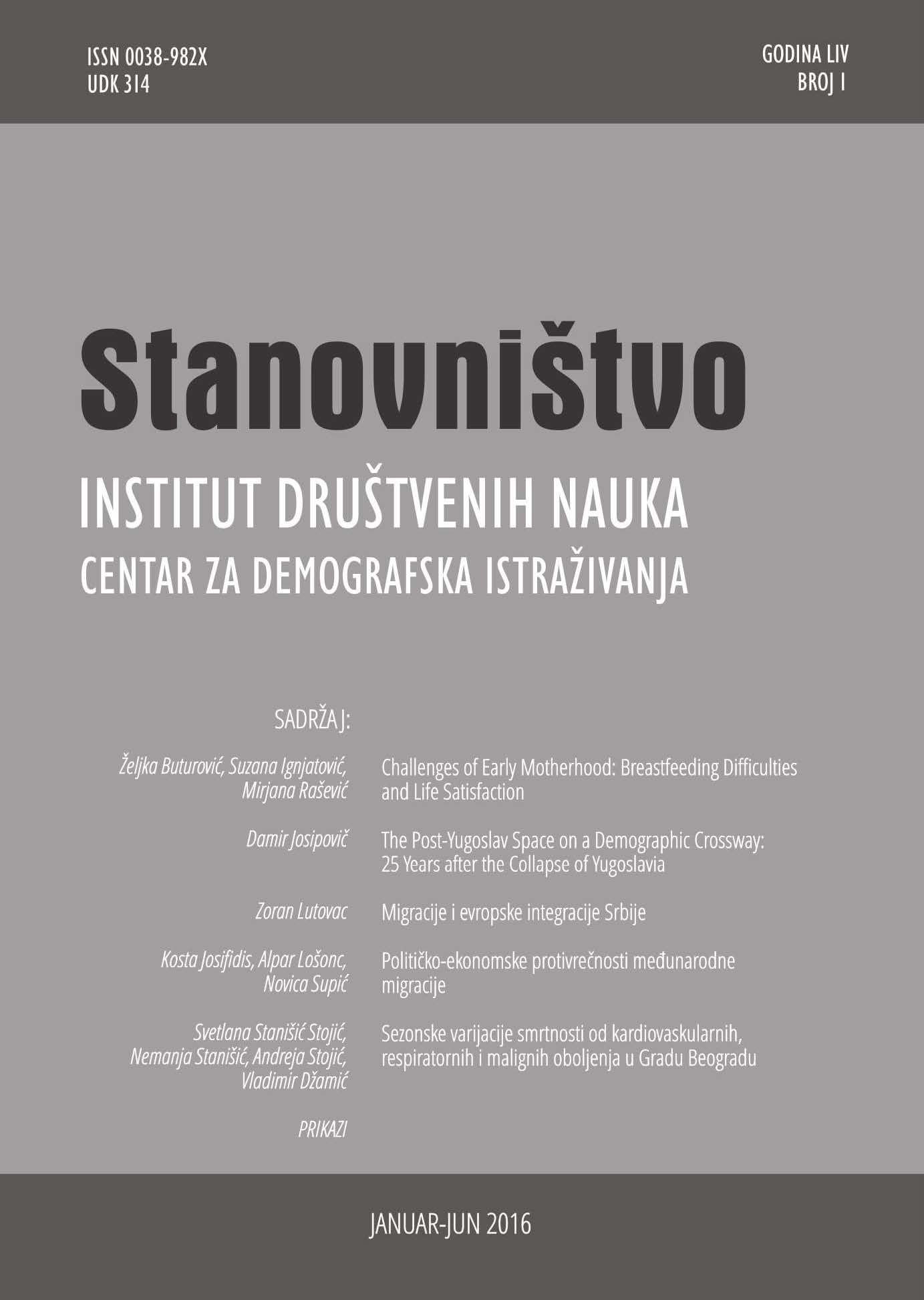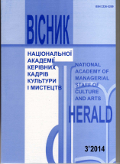Author(s): Natalia Kovalenko / Language(s): Ukrainian
Issue: 3/2014
Anticipating the analysis of the biography of the master overview will be given the existing concepts transculture, select its characteristic features. Thus, the concept of "transcultural" described in particular by the German philosopher Wolfgang Welsch, means allocation of interconnection and interdependence between them typologically similar cultures; he points out that the various ways of life does not end at national borders. Welsh offers a new definition of "culture", the main characteristic of which is transcultural. He contrasts this understanding of the classical concept of culture, formulated by the German philosopher Johann Gottfried Herder. "Gerderovskoe" the concept of culture is based on three axiomatic position. The first is that every culture has always regarded as a national culture, such that substantially differs from other national culture. Secondly, it is homogeneous. Any practices, behaviors and ways of thinking that exist within its borders, are invariant with certain minor variations. Third, the local culture in gerderovskoy concept is seen as separate from other monolithic unity, which can be described through the metaphor of the "sphere".Welsh, offering a new interpretation of the concept of "culture", introduces the metaphor of a "network". He believes that the modern world is a transcultural because is a "network" of cultures, interweaving various threads, which hardens to form a cultural "cocoon". "Cocoon", according to the Welsh, are not uniform. On the contrary, the author insists on the concept of neunifitsirovannosti, introducing the concept of the "new diversity". Considering the theory of Welsh, Russian researcher YY Gafarova, notes that "everyone" cocoon "is unique in its weave, but sometimes almost woven from the same yarns as the neighbor. These "pods" are not closed, have fuzzy, blurred boundaries and are able to break away from its own locus".As noted by JJ Gafarova, "ideas and terminology Welsh in recent years become more and more supporters. In this case, we are talking not only about the use of the concept of transcultural analysis of particular problems, but also the institutionalization of a new field of the humanities – "transculturality studies", ie to establish a research paradigm of modern culture in the paradigm of transcultural".Ukrainian researcher LS Gorbunova identifies the following signs of transculture "Transculture does not exist outside the boundaries of cultures. It exists in each of which the potential of the culture to be different. In order to arrive at an understanding of another culture, it is necessary, first of all, to go beyond the boundaries of their own culture ".An illustration of the idea that the heritage of Gonchar legitimately considered in the context of the concept of transculture, acts vivid episode from the biography of the master. In 1922, as a 11-year-old boy, he has created a model of a rural church, it worked to the smallest detail. I. Potter recreated detail the circumstances and the content of his work: "... sculpted church not only as an architectural object, but also adorned her in the middle: the iconostasis made and painted icons that adorn appropriate for this place. Sculpted priest and dressed in his vestments, and even of the bishop, who was not seen in the church. Sculpted people and on the places. Subconsciously, I played the role of an architect, builder, sculptor, painter, and was also an ethnographer, because it was necessary to mold people in the clothes worn in the village. At the Belfry crepe small bell. In short, everything was like in our village church. In such a creative work I put a lot of energy and time, and so it was for me a very expensive". It is significant that even as a child, I. Potter demonstrates the ability of remote interpretation tradition understands it as the whole phenomenon.In this regard, recall and later statements wizard that his introduction to the religious art going through the ritual tradition. Experience of religious holidays for his whole life will be associated with the beauty of ritual singing, magnificent decoration of the church interior itp Material object – in this case, the layout of the church – emerges as a result of synthesis, binding of sacred art, understanding the importance of each of its component is reflected in the detailed design of the object, which is certainly indicative of the natural endowments of the boy, but, above all, points to his vision of culture as a process where participants are equal. This approach echoes the inherent Transculture state "outsidedness" (a term Bakhtin), which allows to reflect on their own culture, to go beyond its boundaries and make it the object of his rational knowledge.By Remark LS Gorbunova transculture – "is the realm of the metaphysical acts that constitute a free transcultural identity. It is necessary to learn transtsendentirovat on this home, nurturing, warm, home culture, put her reflection: what is it good or bad that you need to save, what can go further, and what can not, on what should be avoided, because it is not meets the requirements of our time".Features free transcultural identity undoubtedly characterize portrait I. Potter, highlighting its number of famous contemporaries. They are manifested in the ability to go beyond the defined culture, belonging to which was determined for him birth (folk culture), education (academic, realist tradition), the state ideology (the art of socialist realism). This trait was inherent in his nature, but as they grow older, personal formation of such mobility of consciousness becomes more awareness, supported by observations, reflections, civil position. So, who comes from a peasant family, who grew up in a village in Cherkasy region in the bosom of traditional folk art, he learns not to draw from folk artists and copy drawings by famous masters of book graphics, similar to creating original compositions. Copying graphics, the young artist not only honed skills, but also by analyzing the patterns of other authors, drew a lot of ideas for their works. Knowing the tendencies of development of the book charts the beginning of the 1920s, one could argue that in this way an aspiring artist partook not only to the Russian and Ukrainian art traditions, but also indirectly acquainted with the achievements of European art, have mastered by the time the experience of non-European cultures.
More...













